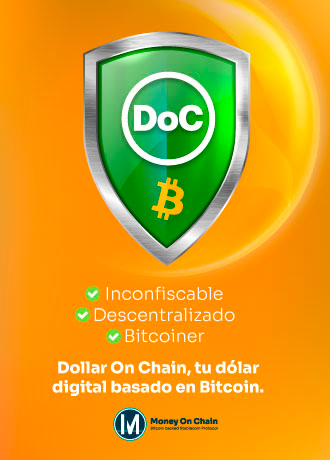Ethereum está experimentando una cuarta semana consecutiva de emisión deflacionaria a la vez que está aumentando la actividad en la red, de acuerdo a las fuentes. La tasa de emisión deflacionaria significa que son más los tokens que se «queman» que los tokens que se acuñan, implicando que el token tienen una oferta limitada, dándole así a dicho token un aumento en su poder adquisitivo.
Esta actividad es el indicativo de que más personas recurren a las finanzas descentralizadas (DeFi) luego del colapso de las plataformas centralizadas ocurridas en el recien finalizado año 2022, de acuerdo a opiniones de Michael Bentley, CEO del protocolo de préstamos DeFi Euler:
Después de las actualizaciones del protocolo el año pasado, Ethereum tiene un mecanismo de quema de tarifas incorporado que garantiza que cuantas más personas realicen transacciones en la red, más ETH se quemará
De acuerdo a la data de ultrasound.money, la tasa de inflación anualizada de Ethereum está en el orden del -0,01%.
Bentley sostiene que hay tanta actividad en Ethereum a principios del año 2023 que su token ETH se está volviendo cada vez más escaso. Particularmente, sólo Uniswap ha quemado aproximadamente 2500 ETH, siendo el primero del ranking, puesto que ocupaba anterirormente OpenSea. Uniswap es el segundo intercambio descentralizado más grande del sector DeFi en términos de valor bloqueado, con 4.03 mil millones de dólares, siguiendo a Curve Finance. No obstante, Uniswap es el líder al medir el volumen de transacciones en 24 horas con 1.78 mil millones de dólares, de acuerdo a datos de DeFi Llama. Dicho volúmen impulsa las tarifas de Ethereum.
Las tarifas de gas de Ethereum rondan los 40 gwei y un promedio móvil de 7 días de más de 25 gwei, el más alto visto desde julio del año pasado.Con Uniswap liderando el paquete como el mayor consumidor de gas durante los últimos 7 días, está claro que los participantes del mercado criptográfico están dispuestos a arriesgarse y comercian activamente con apuestas beta altas
Este análisis es compartido por Brent Xu, CEO de Umee, una plataforma de mercado de bonos Web3 para construir el ecosistema DeFi, quien afirma que el aumento de la actividad de la red en Ethereum es la causa principal de la emisión deflacionaria en esa cadena:
Esta es una buena señal. Significa que a Ethereum le está yendo bien, especialmente porque las tarifas diarias de la red aumentaron sustancialmente desde sus mínimos de diciembre
Xu comenta que la actividad de los usuarios está aumentando tanto en Ethereum como en otras cadenas de bloques:
En términos más generales, todo esto es indicativo de signos positivos para el ecosistema criptográfico más amplio
Este artículo es una traducción no oficial de : https://blockworks.co/news/uniswap-leads-network-activity-on-ethereum
Imagen Principal: CryptoPotato
¿Más temas de interés?:
Exchanges de criptomonedas se solidarizan con Turquía tras los fuertes terremotos
Binance lanzó una función para implementar sugerencias de los usuarios en su plan de desarrollo






